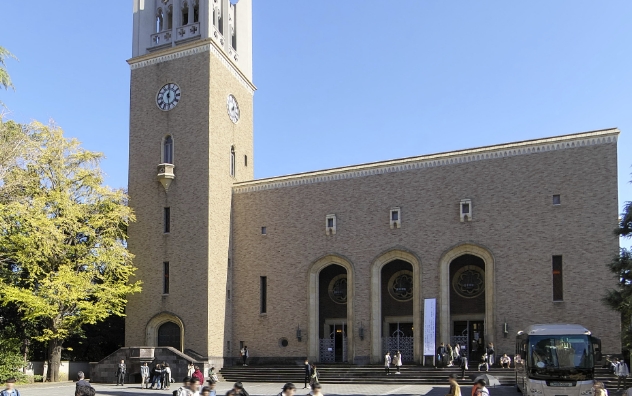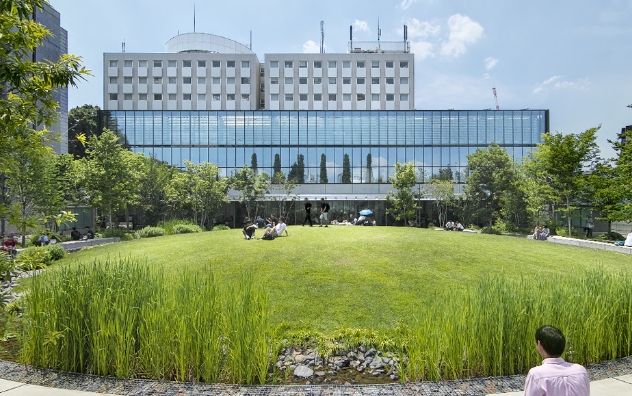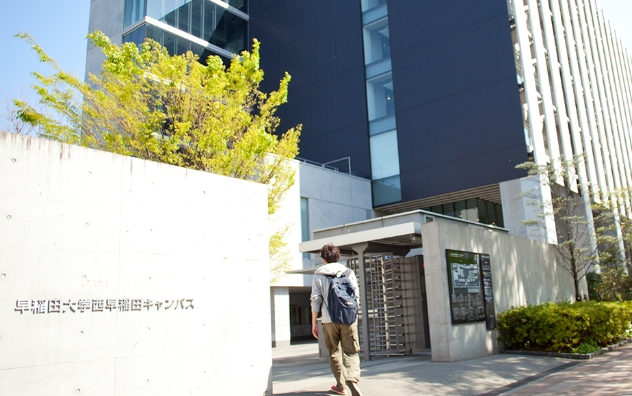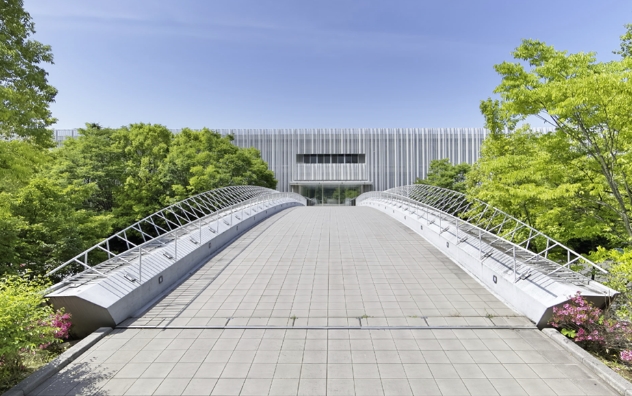A Seminar Away from the Seminar —Strengthening Research and Community at a Waseda Seminar House
Fri, Sep 5, 2025-
Tags
Summer in Japan is characterized by hot and humid weather, creating a palpable shift in the rhythm of daily life. For students at Waseda University, this climatic shift coincides with the start of the summer recess, which typically begins in late July and ends in September, offering a respite from lectures and campus life. While this period is a chance for many to travel home or embark on holidays, for some members of Waseda University’s countless research seminars and laboratories, it also signals the beginning of a unique academic tradition: the seminar summer camp. These retreats transform the summer break from a time of leisure into an intensive period of collective study and living, taking advantage of the freedom from academic schedules to advance research and strengthen bonds far from the bustling city. Attended by both professors and students, these summer camps are a deeply immersive and distinctive feature of university life in Japan. Such a dynamic extension of the classroom is made possible by Waseda’s extensive network of dedicated facilities. Although dedicated to Waseda University’s students and faculties, these facilities are also available for alumni and other university’s personnel.
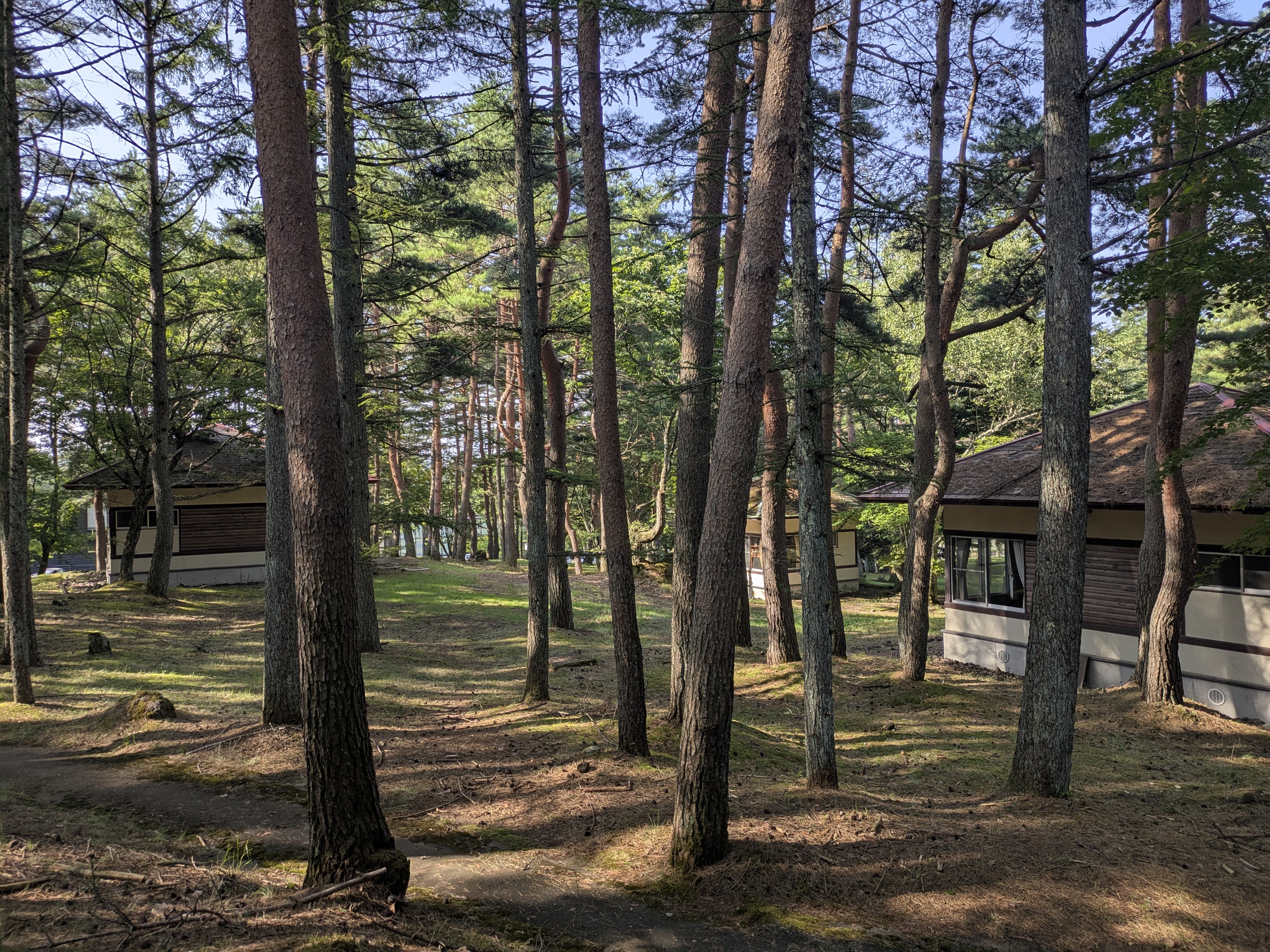
A calm morning amongst the trees on the Karuizawa Seminar House grounds
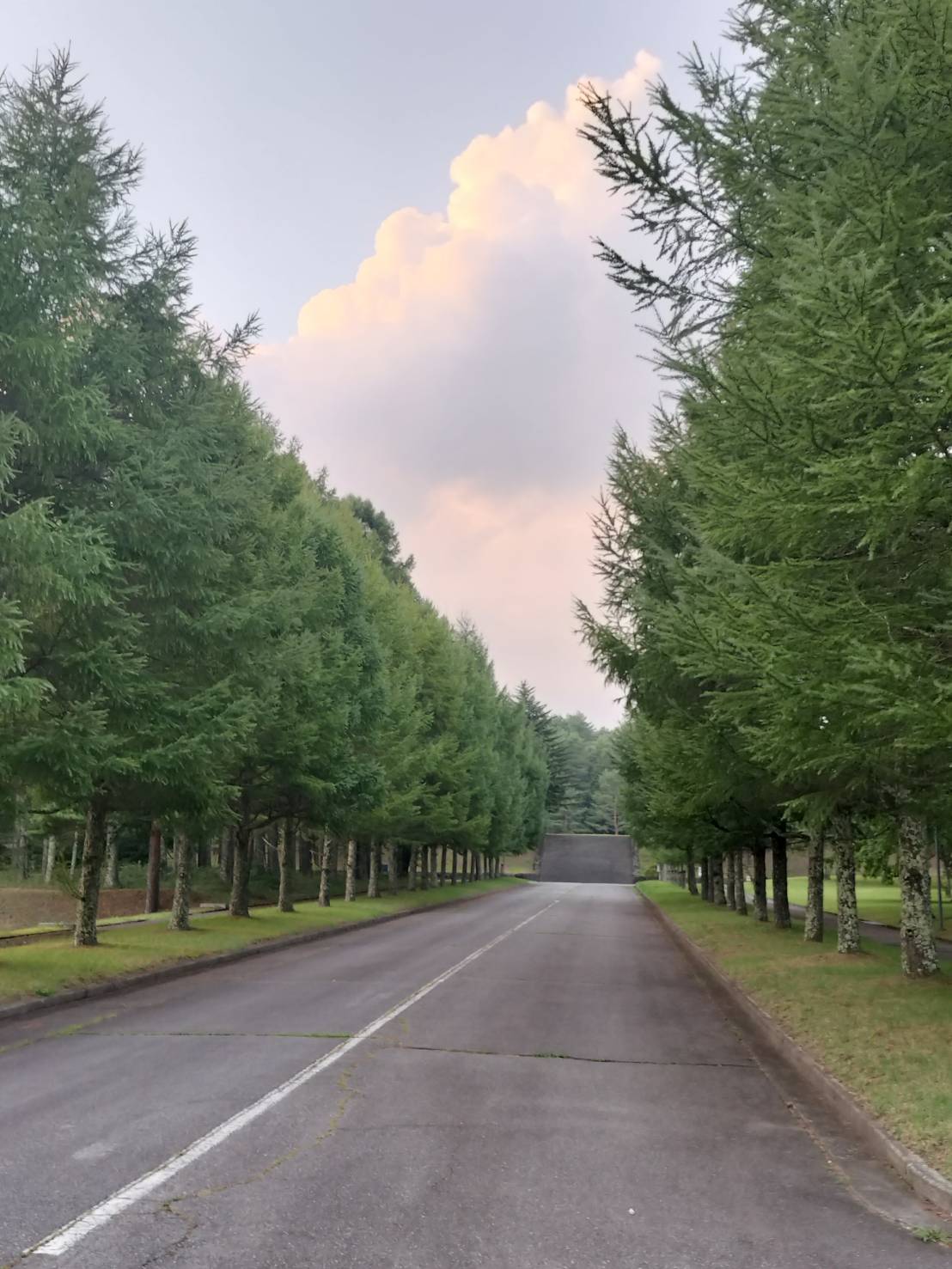
Sunset at the Karuizawa Seminar House
This past August, from the 23rd to the 25th, Yaguchi Lab from the Department of Architecture continued this tradition with our annual trip to the university’s Karuizawa Seminar House. The retreat is designed every year to provide a focused environment to advance our research and offers a unique opportunity to foster deeper connections and strengthen our collaborative spirit. It also aims to broaden our understanding of Japanese cities through walking tours in less accessible areas. True to this goal, this year’s camp culminated in a curated tour of Matsumoto, a city renowned for its well-preserved historical districts.
The Grind
Even though it is summer vacation at Waseda University, students planning to graduate this academic year (March 2026) rarely have the luxury of a holiday. This is especially true for members of Yaguchi Lab. Fourth year bachelor’s (B4) and second year master’s (M2) students, along with doctoral candidates, must instead continue working on their theses, refining proposals or conducting preliminary surveys. The lab summer camp is designed specifically for this purpose, providing a dedicated timeframe for B4 and M2 students to present their August progress to Professor Yaguchi and fellow lab members.
The camp began as soon as we arrived at the Seminar House. The first event was a seminar dedicated to the B4 students, followed by the M2 progress updates on the morning of the second day. During these long and grueling sessions, members presented updated thesis proposals or preliminary results. The meetings were intensive, filled with questions and suggestions intended not as nit-picking, but as constructive feedback to polish their research as close to perfection as possible. The students were then expected to use this feedback to refine their work or develop alternative options for a second presentation that evening. These sessions served as an intensive trial, forging preliminary work into more robust research proposals through rigorous, constructive review.
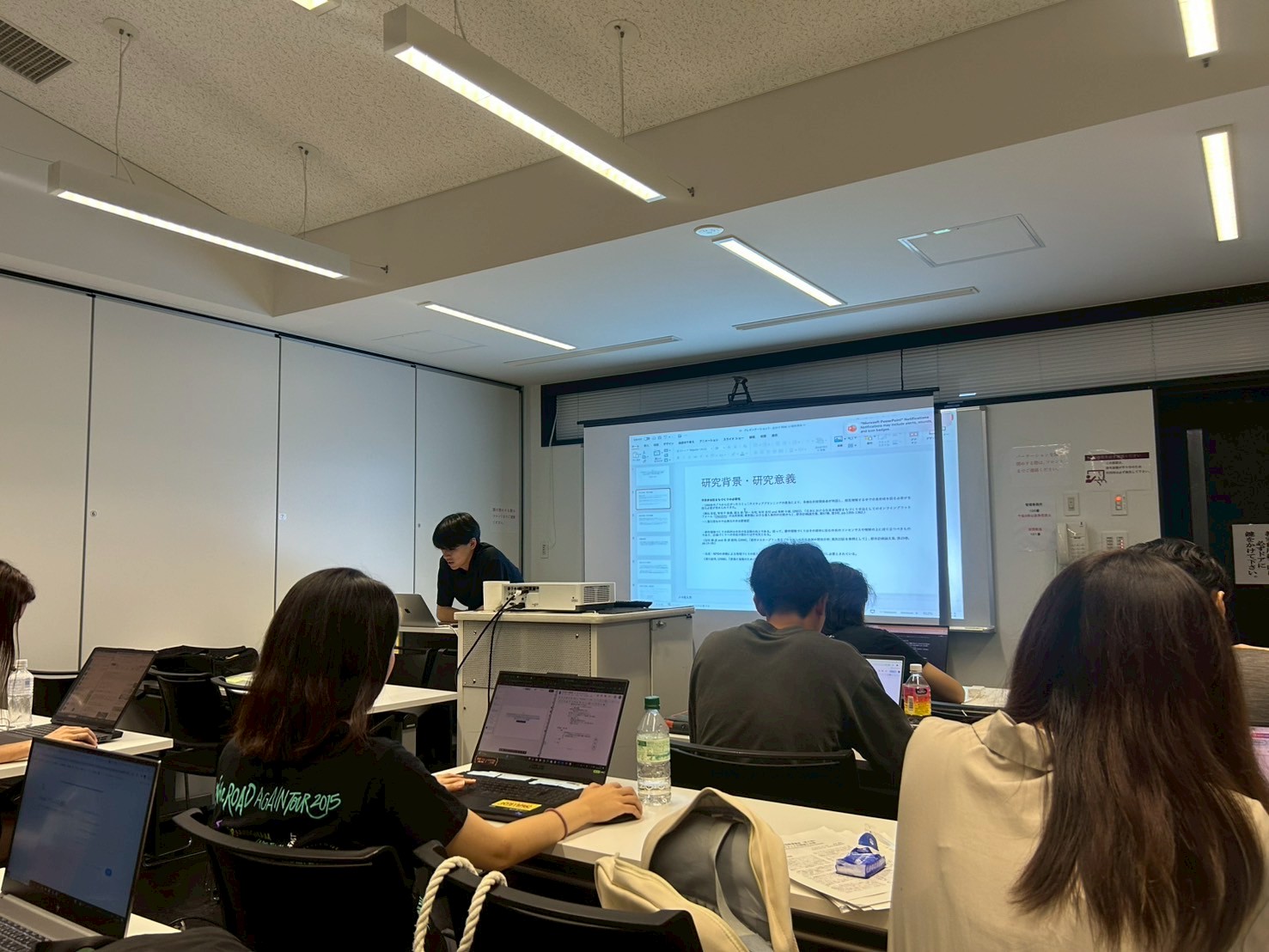
The seminar for fourth year bachelor’s students
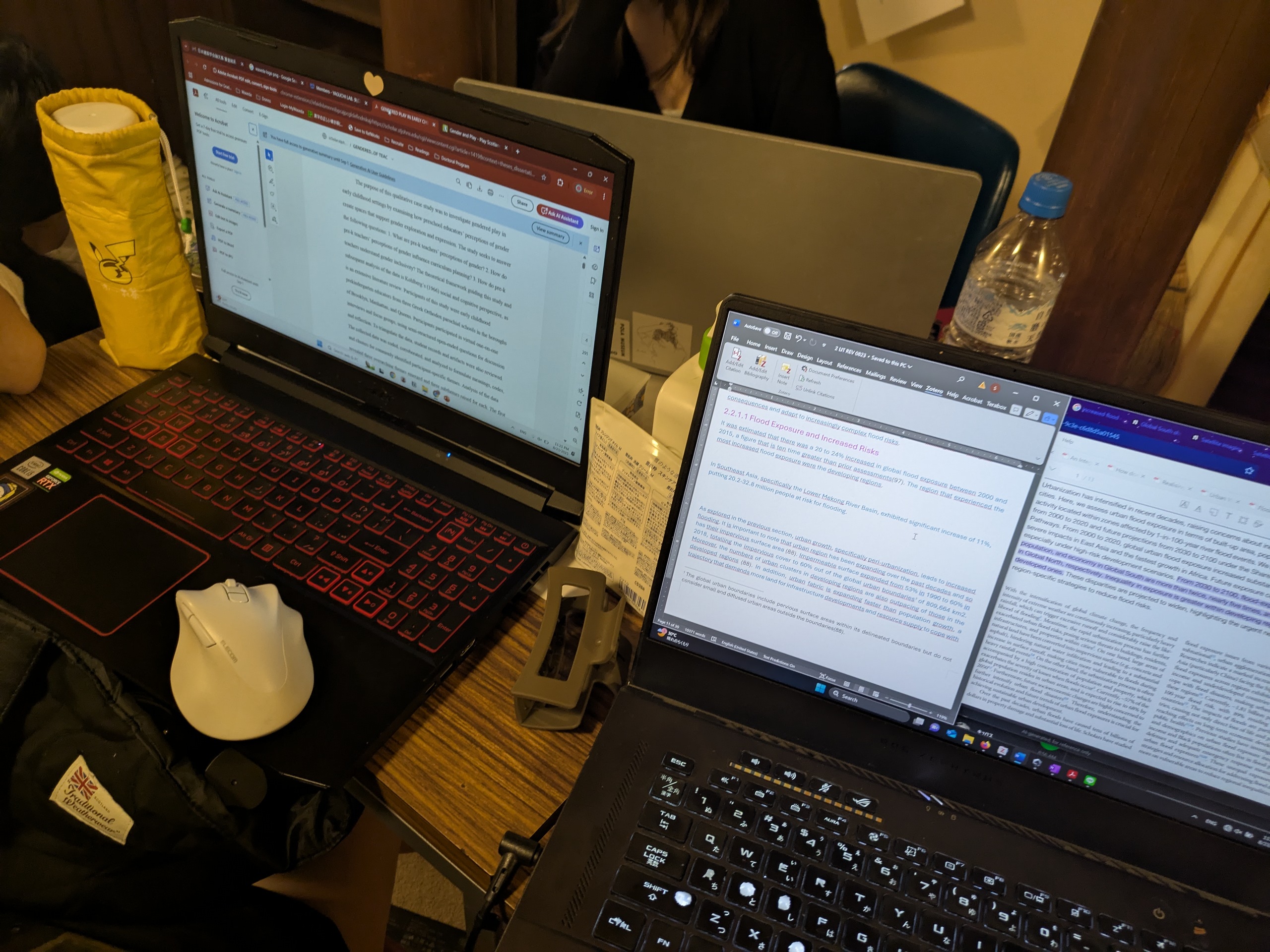
Final prep the night before the second year master’s students’ seminar
Although the camp prioritized graduating members, non-graduating 1st year master’s (M1) and doctoral students were welcome to participate. Their allotted time came on the afternoon of the second day; some used it to practice conference presentations, while others set up private discussions with Professor Yaguchi for additional guidance. This inclusive structure ensured that every member, from undergraduates to doctoral candidates, benefited from the camp’s intensive, collaborative environment, making it a productive event for all.
Work hard, play hard
While the days were structured around academic goals, the evenings were dedicated to community building and relaxation. This fun time ensured that the camp was not only productive but also rejuvenating, strengthening the personal bonds that are essential for a collaborative lab environment.
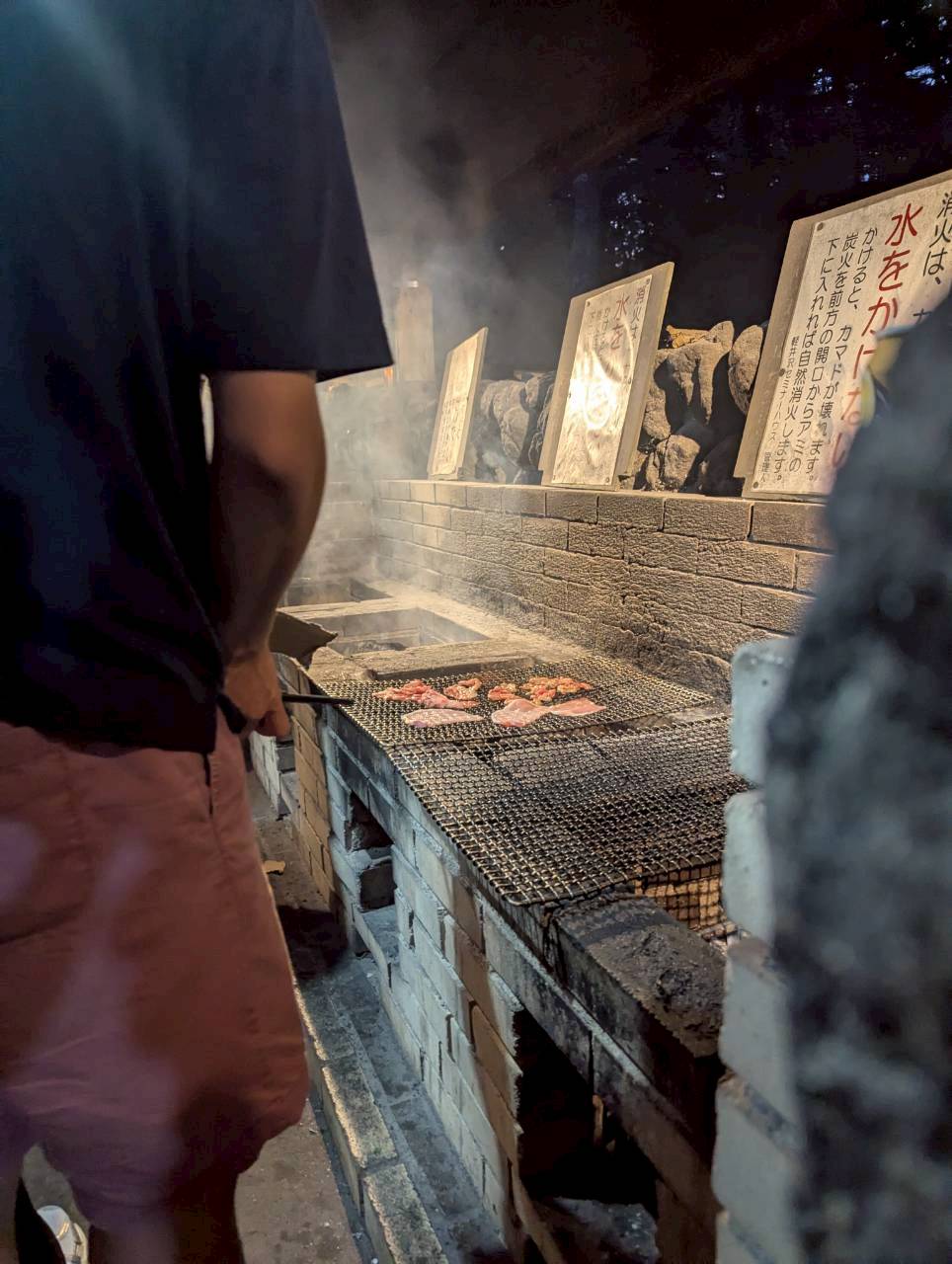
The first batch of meat on the stove
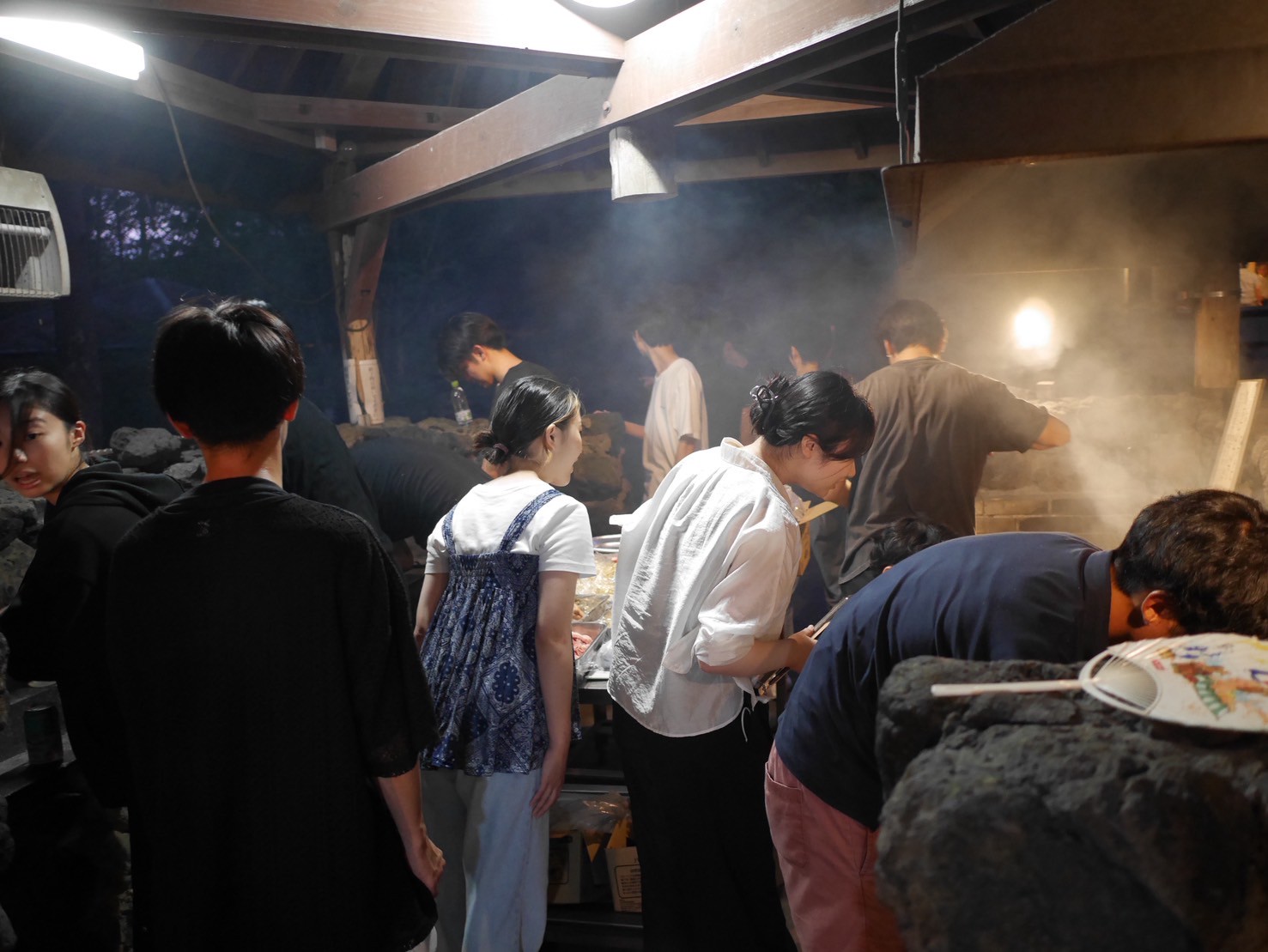
Anxiously waiting for the BBQ
The highlight of the social calendar was the communal BBQ dinner on the first night. Following an intense B4 seminar session, lab members gathered not as presenters and critics, but as friends sharing a meal. The dinner was prepared by the students, fostering a collaborative spirit that began in the kitchen and extended to the dining area. This informal setting provided a perfect opportunity for cross-year interactions, allowing newer B4 students to mingle with senior members outside the pressure of the seminar room.
Beyond the BBQ, the schedule also included ample free and sports time since the afternoon was blocked off for personal use. The Karuizawa Seminar House itself facilitated this with a range of loanable sports equipment, including rackets and balls. Lab members were encouraged to use this time to organize impromptu games, explore the nature within the Seminar House ground, or simply unwind.
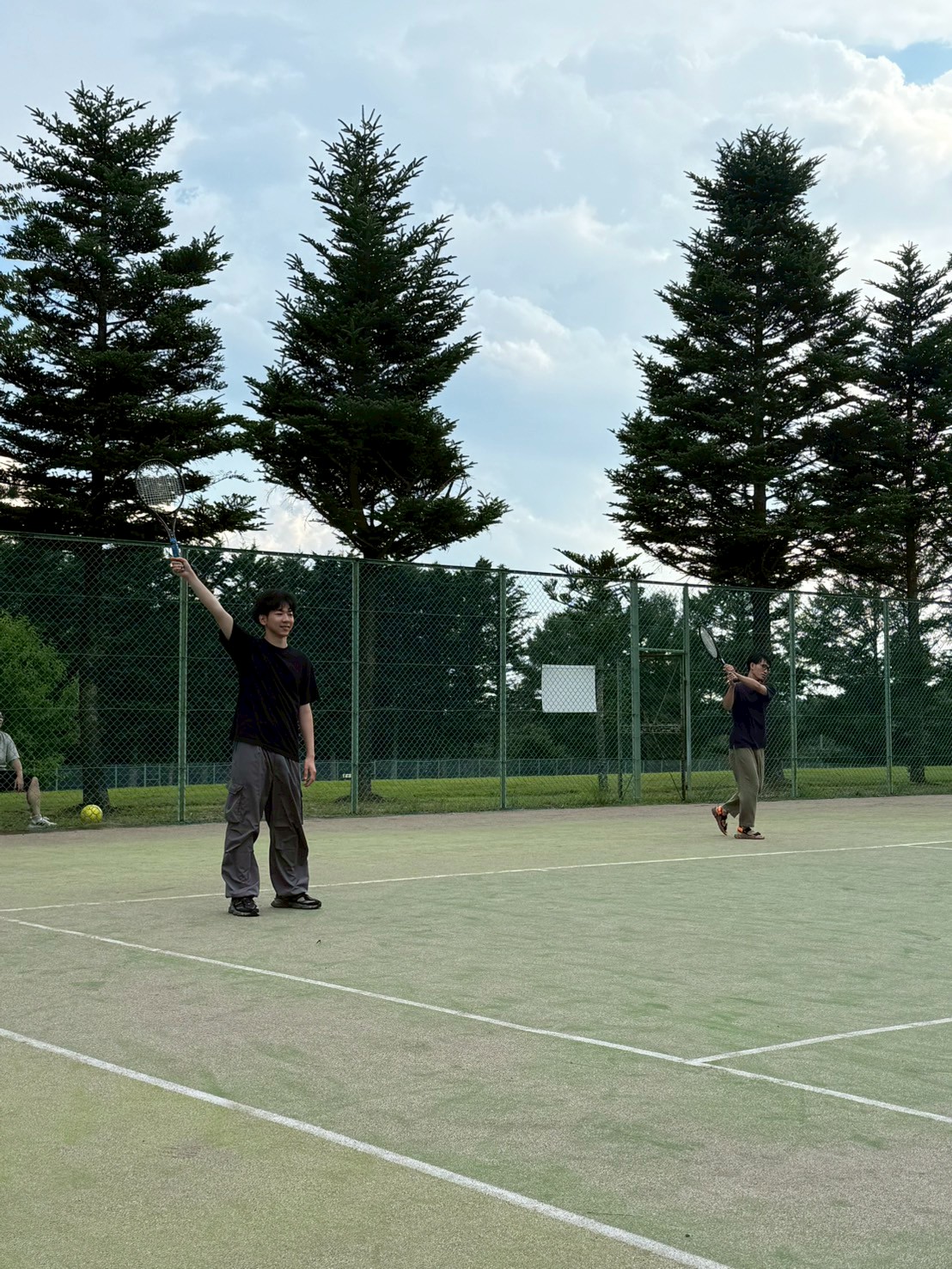
Sports time
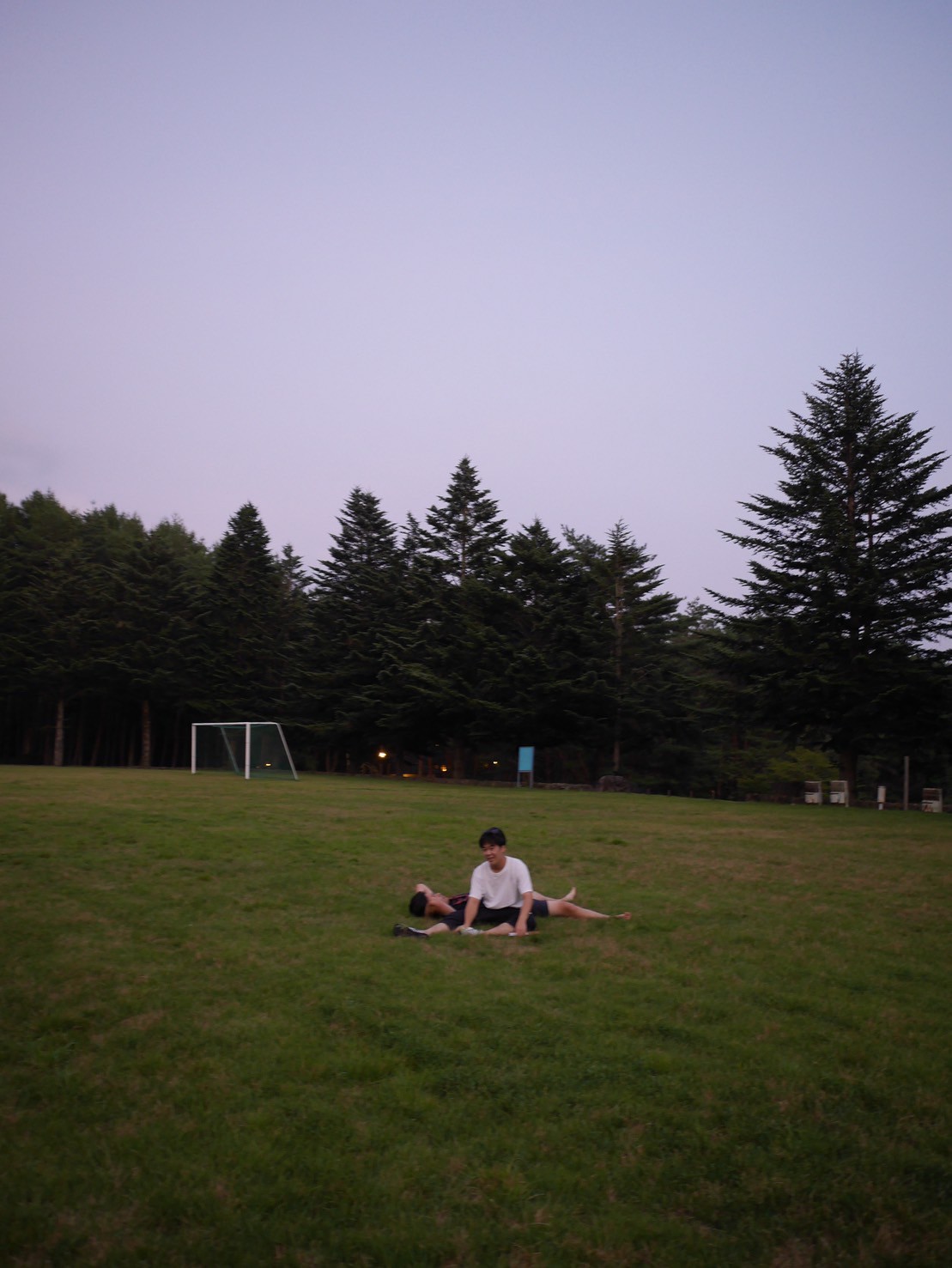
Resting after some sports

Game night
And, as with any good sleepover, the nights were reserved for merry-making. After the formal schedule concluded, impromptu sessions of board games and late-night chats emerged. Though often initiated by those with lighter workloads, these gatherings saw a steady trickle of members joining as they finished polishing their presentations and research updates. Eager to unwind after a grueling day, they happily joined the fun, transforming each shared room into lively hubs of laughter and conversation that often lasted well into the night.
The City Walking Tour
While many seminars and labs organize excursions for their summer camps, ours was uniquely tailored to our academic focus. For a lab dedicated to Regenerative Design of the Built Environment, the tour of Matsumoto was profoundly more than a sightseeing trip. The city is a living textbook on urban form, historical preservation, and community-centric planning.

Yaguchi Lab members at Matsumoto Castle
The planned route was a journey through time where we began at the majestic Matsumoto Castle, built in the late 16th century, one of Japan’s few original wooden castles dating back to the Sengoku period (roughly 1467 – 1600). From there, the walk delved into the charming Nawate Street, a former riverbank path that now functions as a bustling pedestrian thoroughfare known as “Frog Street,” and visited several of the city’s famous natural wells and springs, such as Genchīno-ido. These wells and springs are part of Matsumoto’s “Water Metropolis” identity, highlighting the city’s innovative efforts to preserve and promote its natural water resources through urban policy. The tour also passed by modern architectural landmarks such as the Matsumoto Performing Arts Centre designed by Pritzker Prize-winning architect Toyo Ito that created a dialogue between the historical and the contemporary.
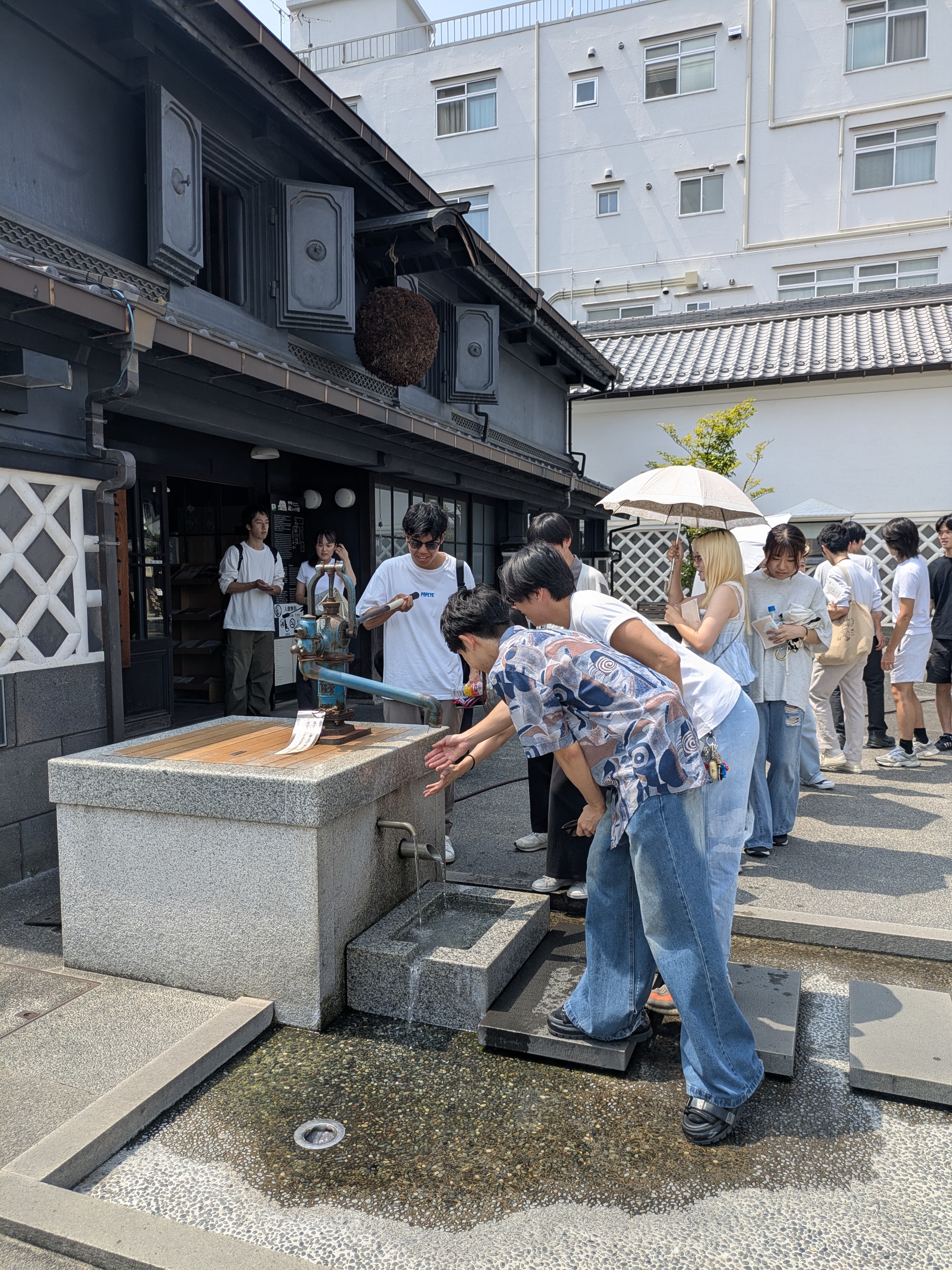
Enjoying one of Matsumoto’s many wells
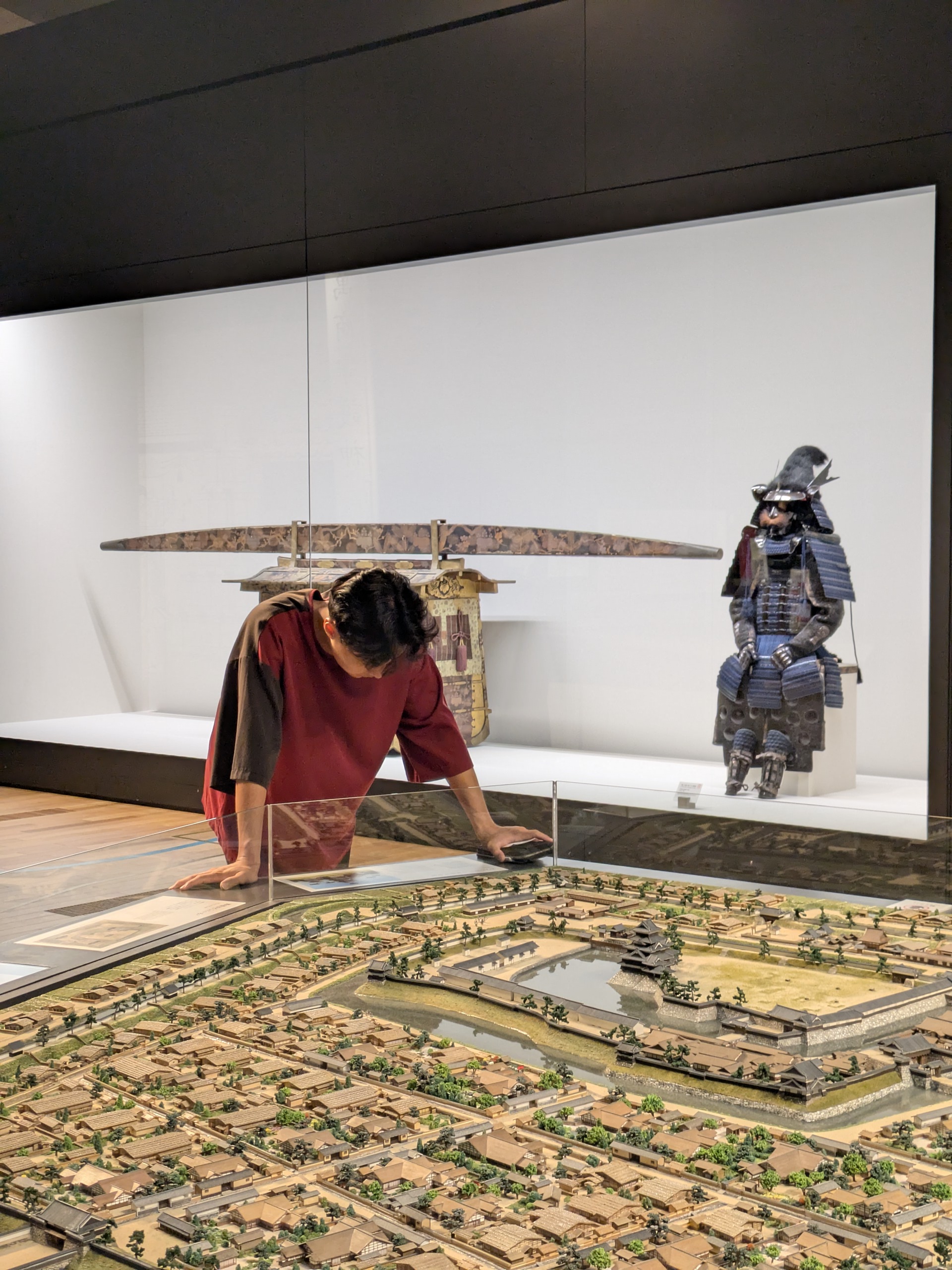
A lab member perusing a dioramam of Matsumoto
The tour culminated at the Matsumoto City Museum where the concepts we had observed firsthand on the streets, the preserved warehouses, the intricate water system, the unique urban layout, were contextualized within a broader historical and social narrative. The exhibits beautifully weave together the threads of life from time past to present, showcasing everything from ancient artifacts and feudal maps to contemporary citizen-led projects, illustrating a powerful, unbroken thread of community stewardship that connects the era of samurai to the present day.
Personal Remarks
As a long-time member of Yaguchi Lab who has attended these summer camps for the past five years, I’ve come to deeply appreciate what this unique academic environment fosters. The Waseda University Karuizawa Seminar House where we stayed is one of the many facilities provided by our university to enrich university life and foster deeper understanding and trust between students and faculties through intensive seminars and shared living. I find that this immersive environment breaks down the formal barriers of the typical classroom, creating a space where learning continues through shared meals, informal discussions, and recreational interactions.
It is this very setting that allows me to deeply ponder the feedback I receive and gain fresh perspectives invaluable to both my research and my understanding of urban studies. By removing the distractions of Tokyo life, the serene setting of Karuizawa and the communal nature of the Seminar House create the perfect crucible for academic and personal growth. And, as a Ph.D. candidate and senior lab member, the camp has allowed me to truly befriend newer members; they are no longer just juniors I occasionally help, but fully fleshed-out colleagues and friends I can count on.
I believe that the summer camp has become a cornerstone of seminars at Waseda University. It reinforces why I dearly love the seminar-system of education in Japan. It is not only for a unique academic environment that fosters collaboration but also an opportunity to make meaningful memories and long-lasting friendships.
This article was written by the following Student Contributor:
Srey Sokuncharia
Graduate School of Creative Science and Engineering


